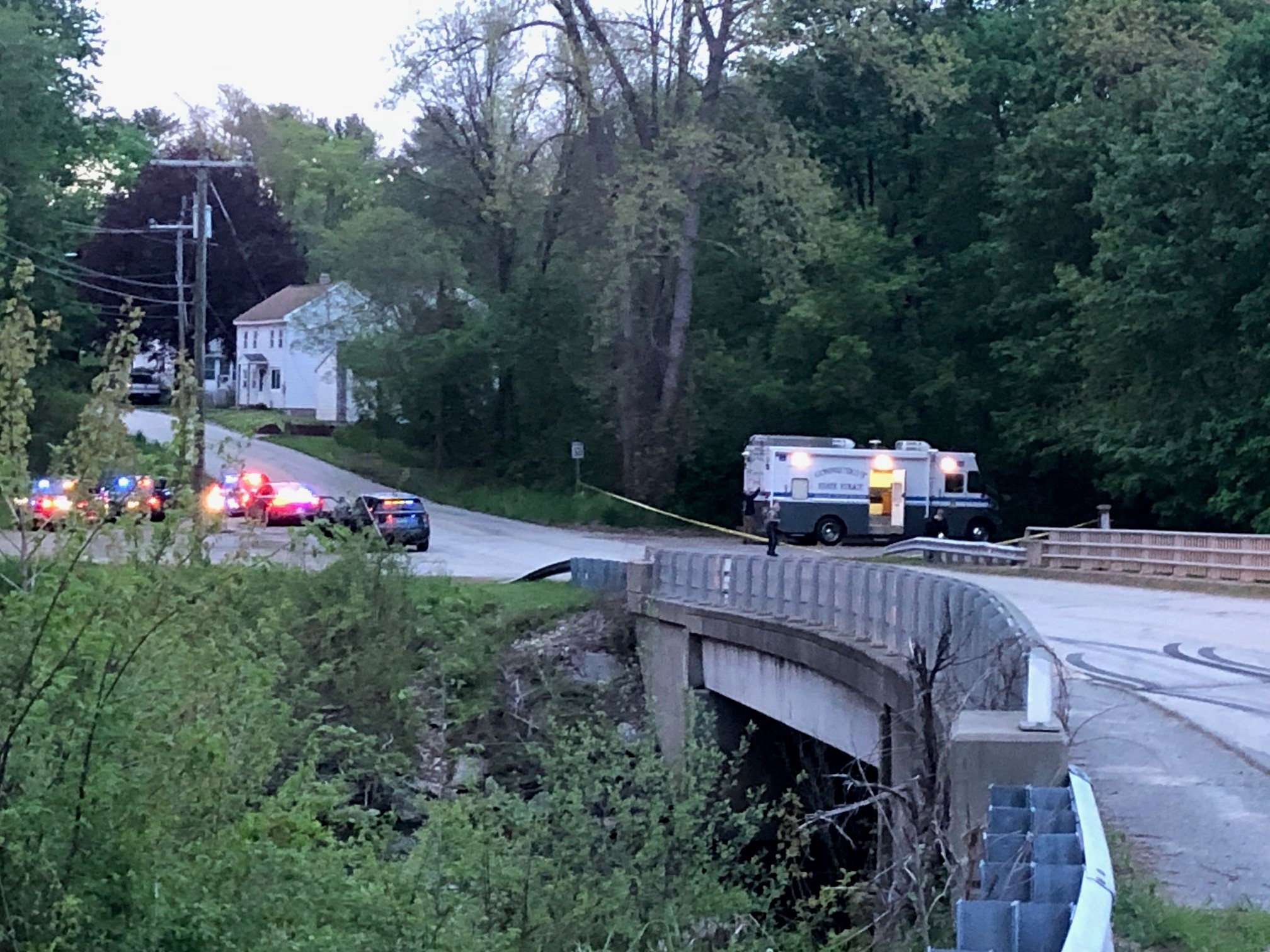Torpedo shaped machines known as Slocum ocean gliders travel anywhere from the ocean's surface to more than 3,000 feet underwater, collecting critical data that not only improves forecasts but will ultimately help mitigate the damage and destruction from hurricanes.
"Hurricanes since 1980 have accounted for about $870 billion in damage, about 6.5 thousand deaths,” said Gerhard Kuska, the Executive Director of MARACOOS. “That's actually over 50-percent of all the billion-dollar disasters."
The Slocum ocean gliders travel about 13 miles per day collecting data every two seconds and sending it back to shore. The main two variables the gliders collect are temperature and salinity -- both of which impact hurricane development and strength. This real-time data is key to forecast accuracy.
"We are very confident that the ocean models are going to be improved and will continue to improve so that those forecasters have the best tools available," says Kuska.
The gliders can be deployed for days, weeks, or even up to a year.
"The ones we use for hurricane research are usually out for 30-90 days,” said Travis Miles, an Assistant Professor at Rutgers University. “And it just kind of depends on the situation if we get growth on them if we have to recover them, clean them off or the types of batteries we're using if we have to bring them in, recharge them, put them back out."
So how did the gliders perform during Isaias?
Local
"They did exactly what we wanted them to do,” said Scott Glenn, a professor at Rutgers University. "Along the entire track we had gliders deployed well before the storm and they made sure the ocean models were on track in as best as we could get them before the storm came over."
That is a good sign as we approach the peak of hurricane season and the potential for stronger, more destructive storms.
"Getting a storm forecast right for the weaker ones will help us build confidence in the general public for the stronger ones,” Miles said. “And that way people make decisions and trust those advisories when they come out."
More accurate forecasts will give government officials and emergency managers more time to prepare and take precautions such as ordering evacuations -- saving lives and reducing damage.
This technology already covers a substantial part of the ocean with regional gliders here in the Northeast, in the waters from Florida to South Carolina, and also in the Caribbean and Gulf of Mexico. At any given time there are more than 20 gliders out collecting data throughout our oceans. But a project of this magnitude takes a lot of teamwork. It’s a collaboration between government, academic, and industry-specific entities working together to improve our critical forecasts.
"It's in our interest as a society, but also government's interest in responding and protecting and providing the ability for society to protect itself by coming out with the best possible forecast,” Kuska said. “This a relatively low-cost technology that will allow us to actually save lives and property. We will help our children, our future generations to be able to respond. We will reduce deaths we will reduce damage. It’s something we can do today and continue to strengthen in a very tangible way and that’s exciting.”
As if the gliders weren’t cool enough already, they’ve been known have run-ins with sharks. Researches have found bite marks from sharks and even shark teeth stuck in the gliders when they recover them.



